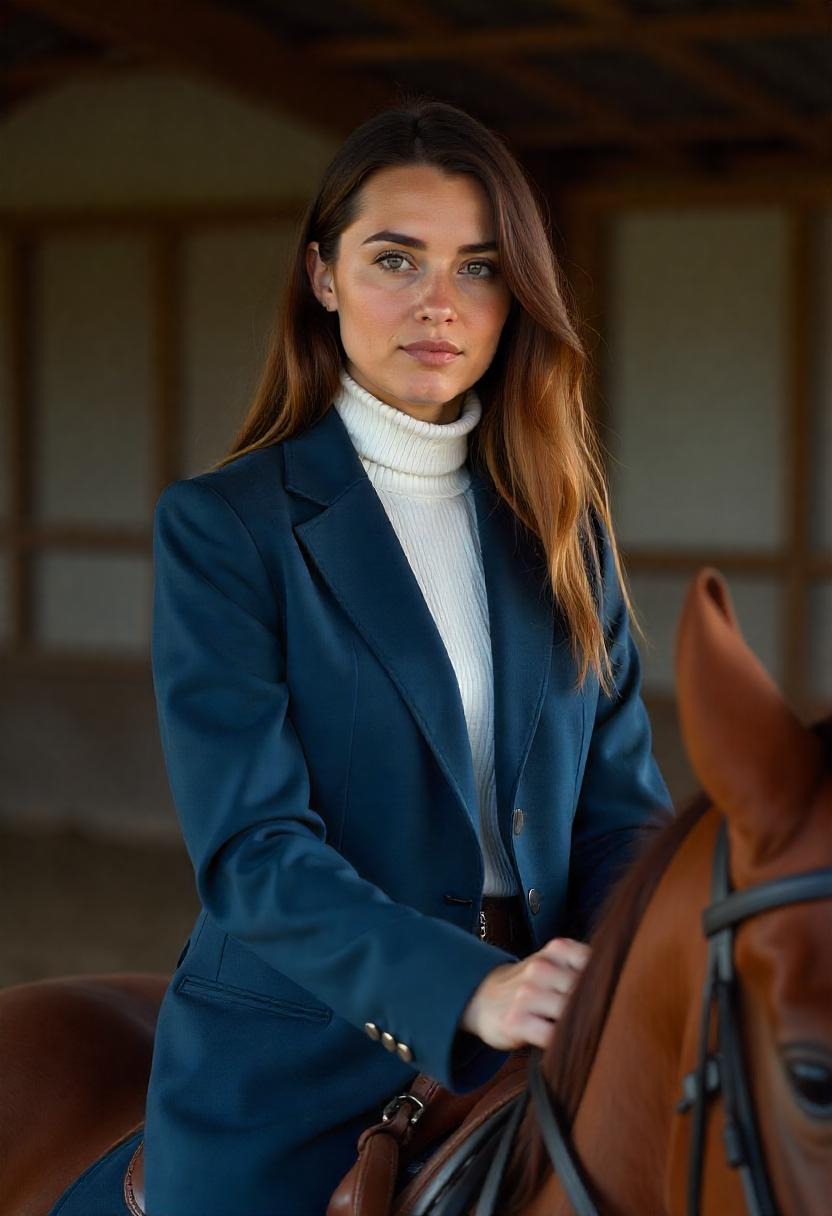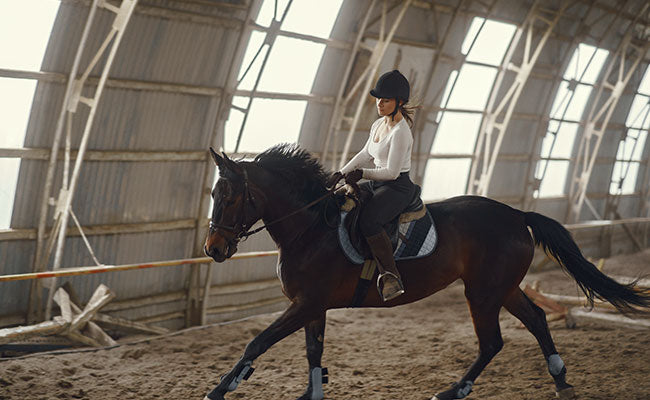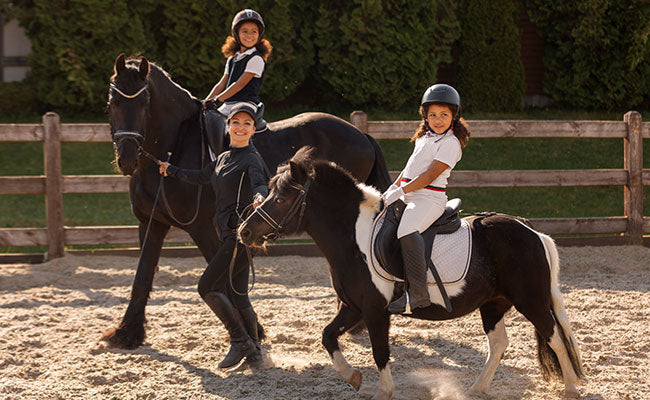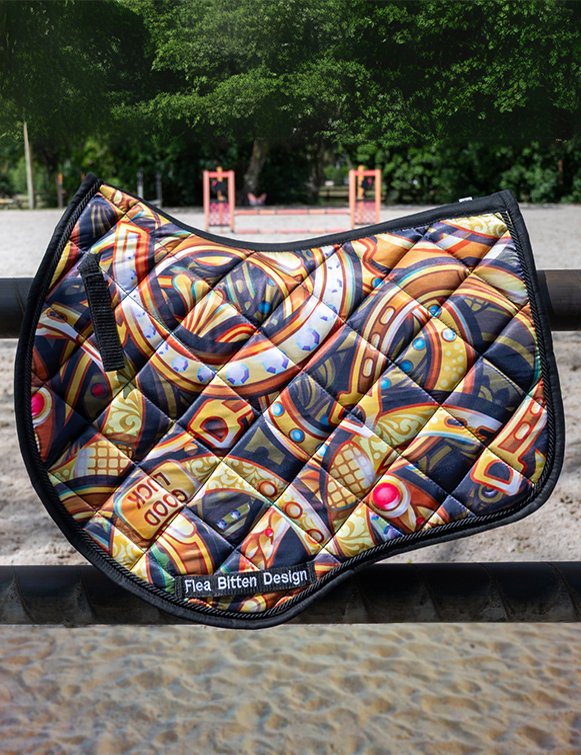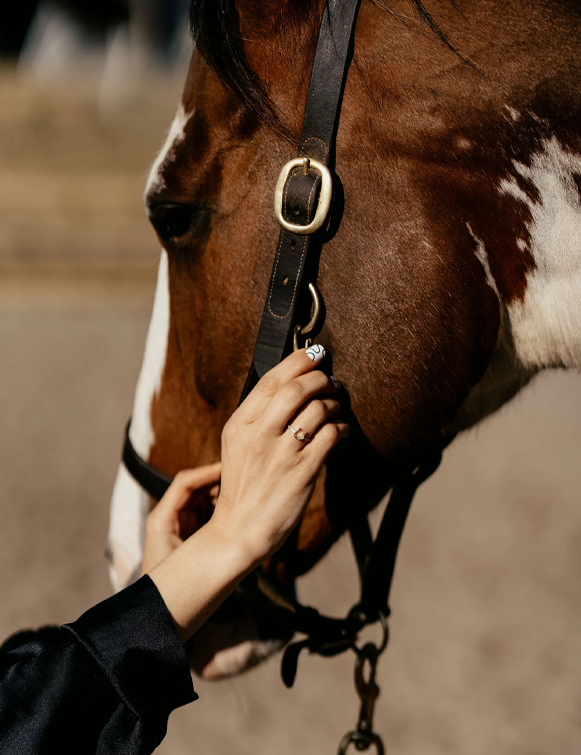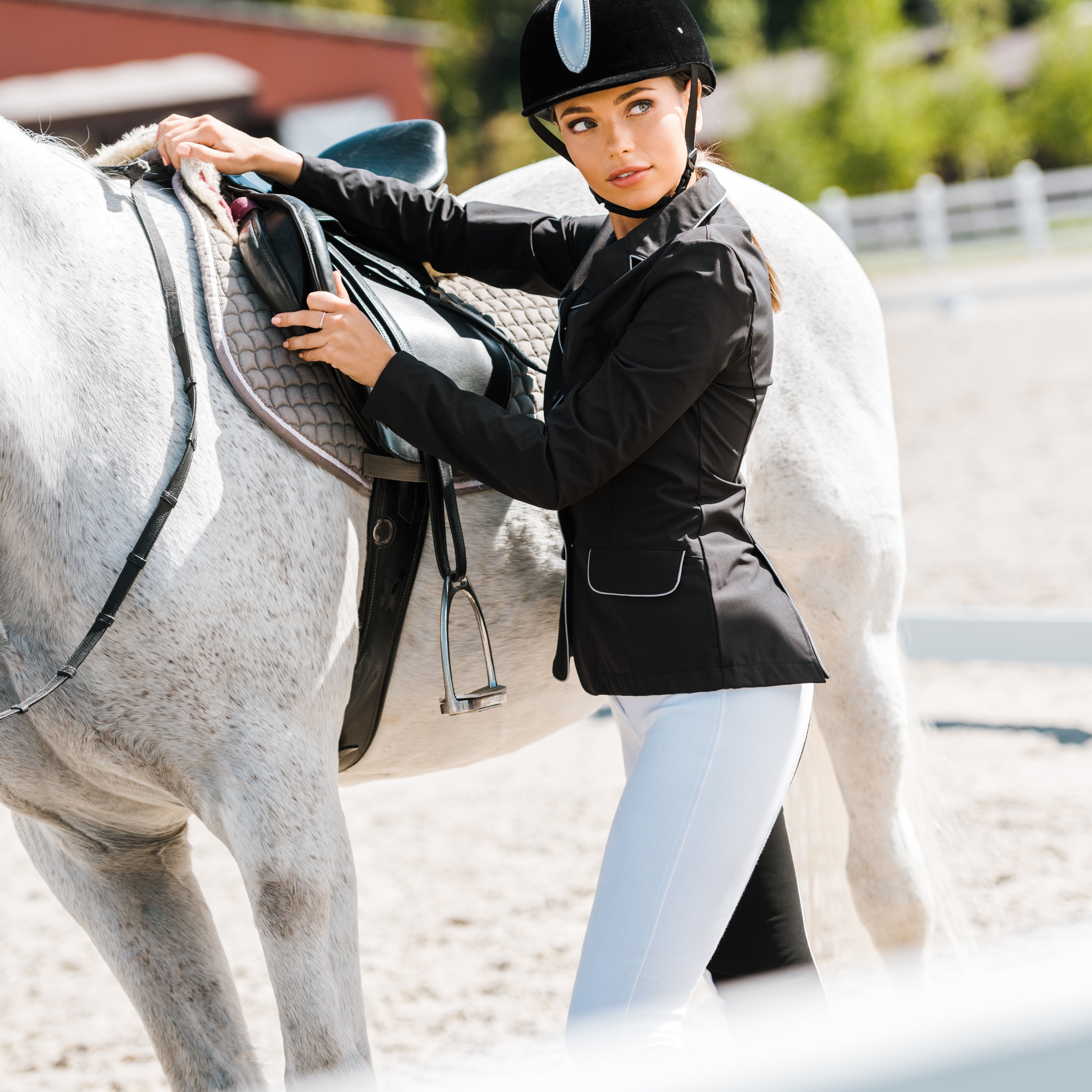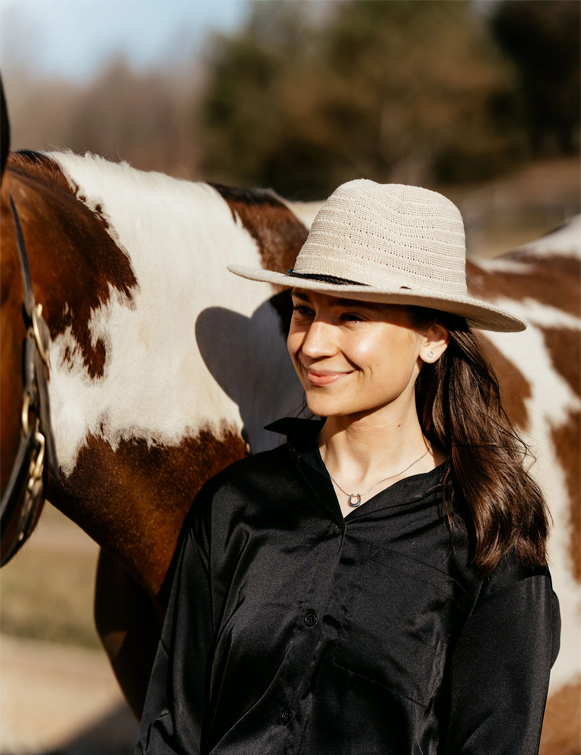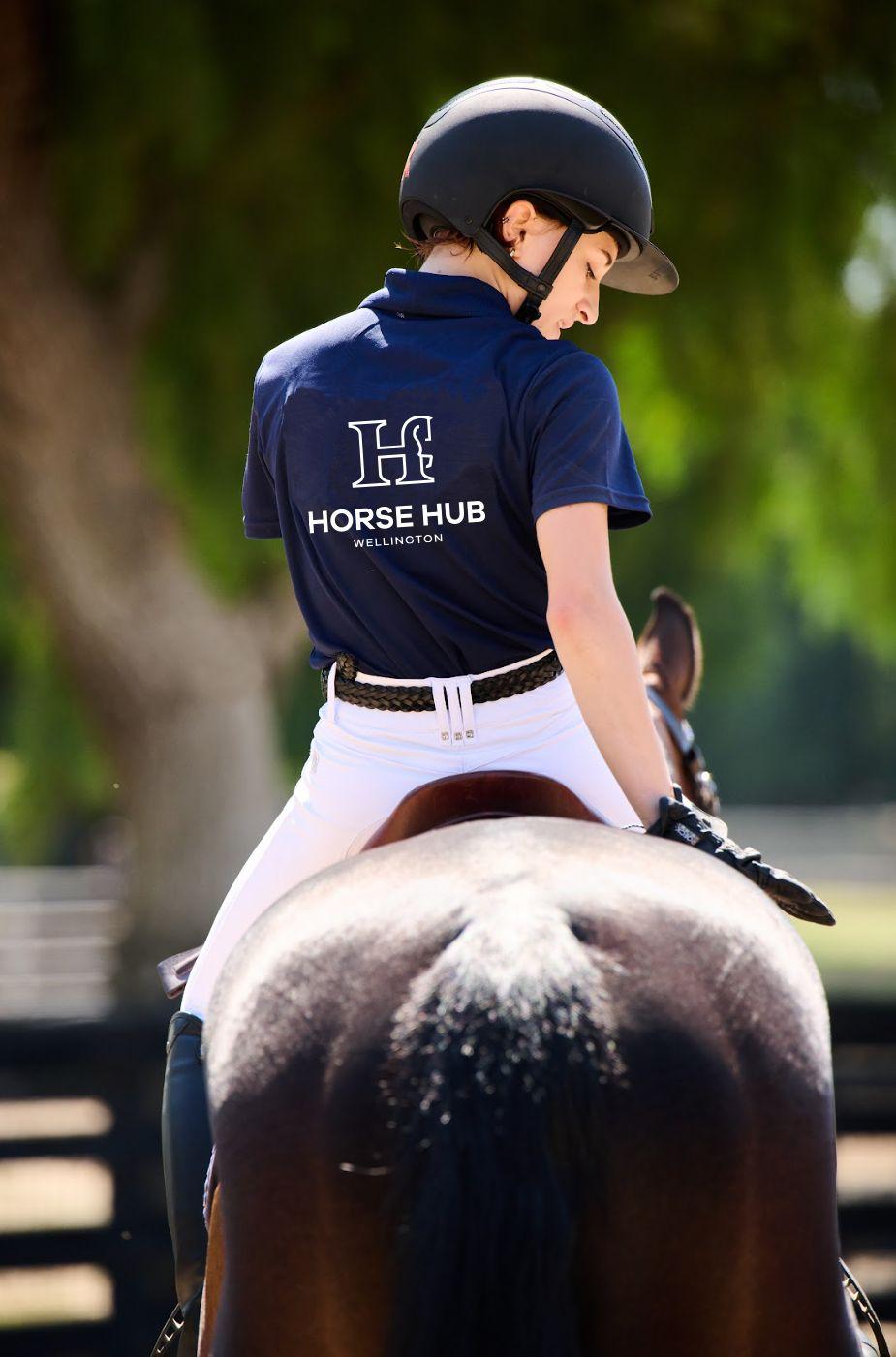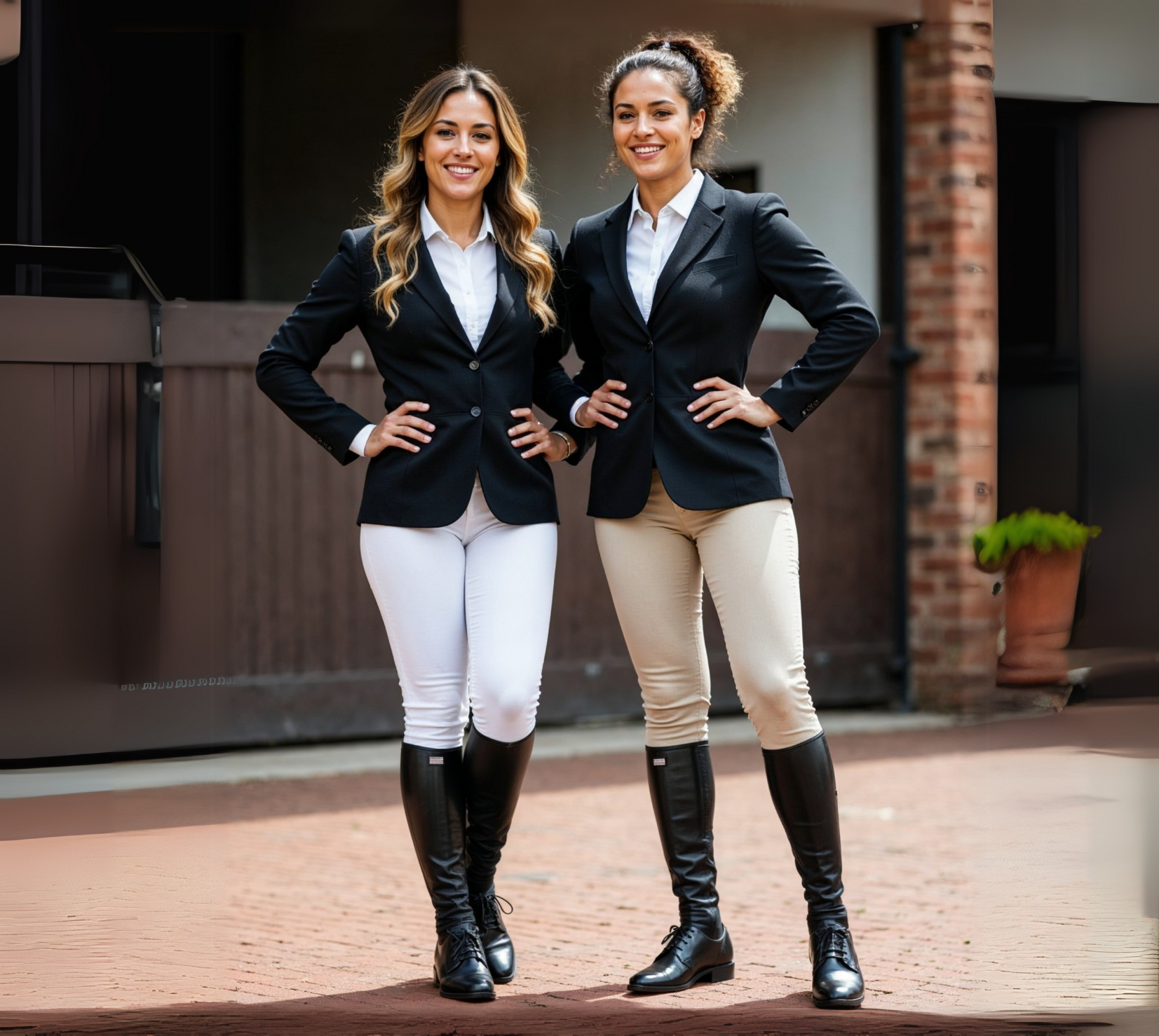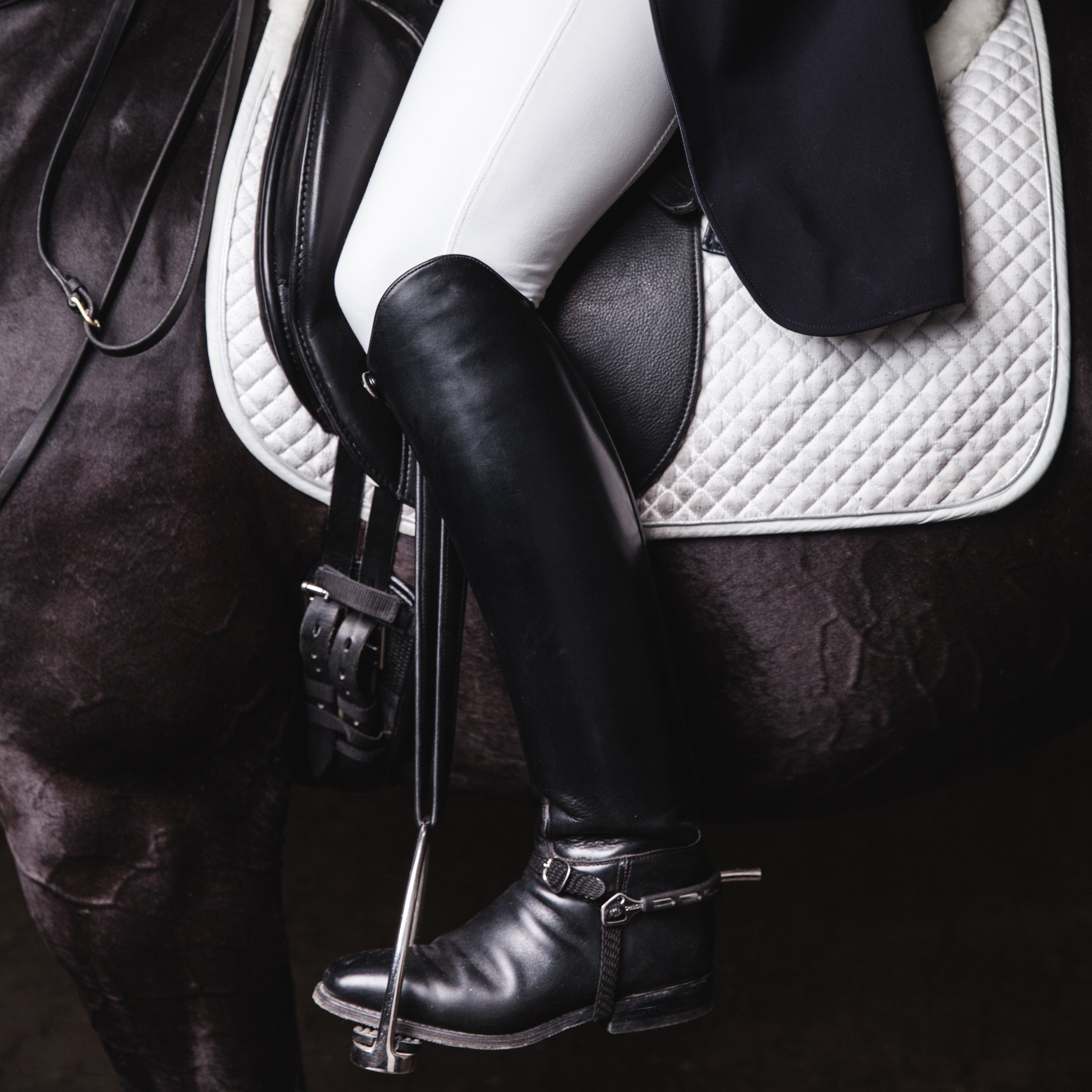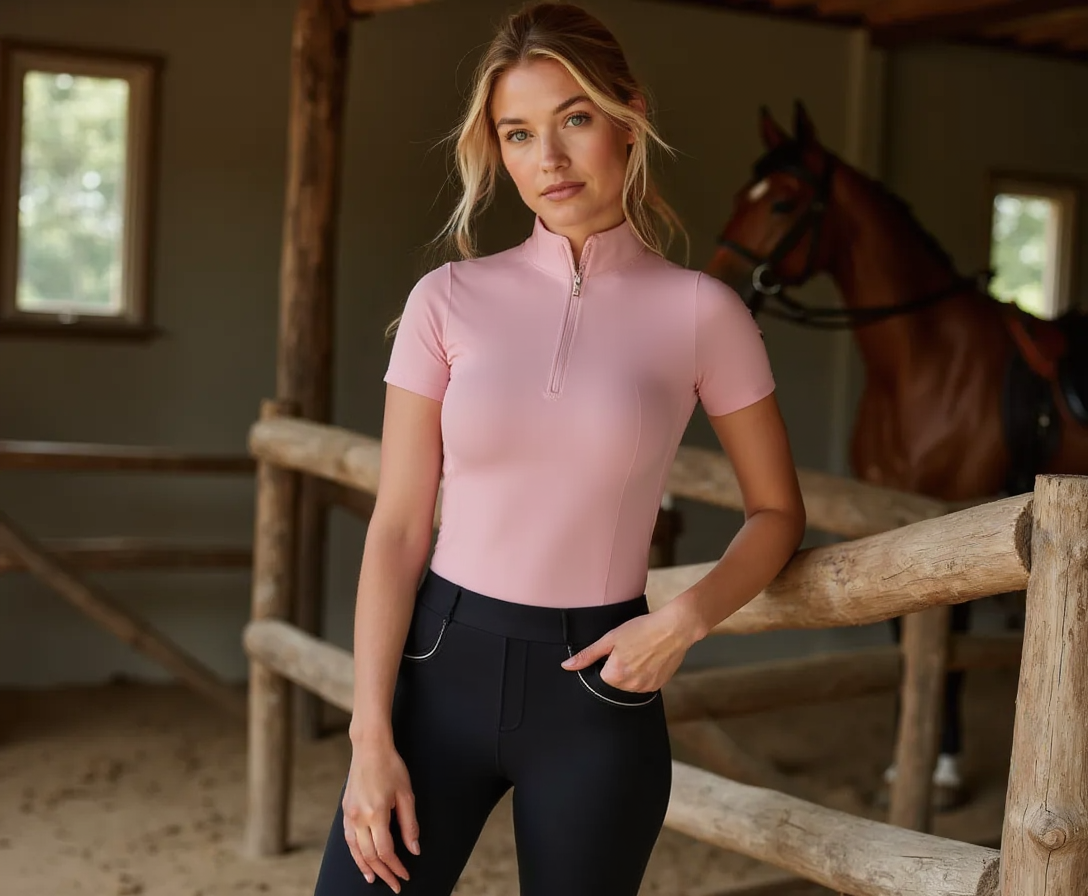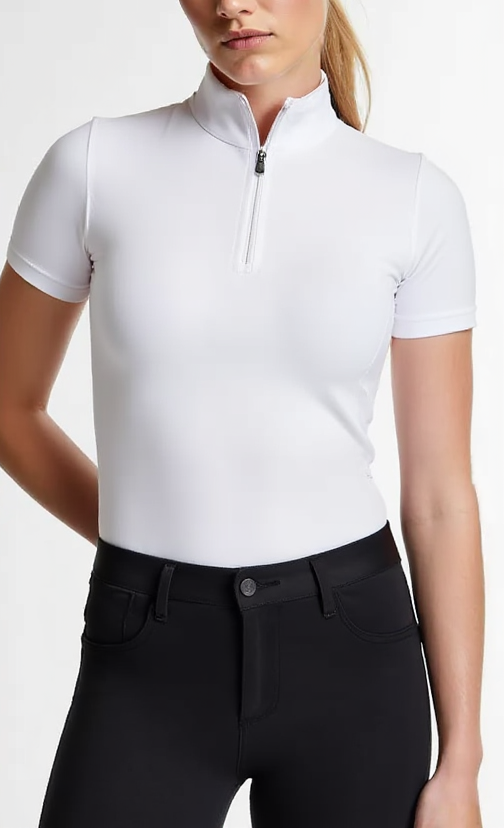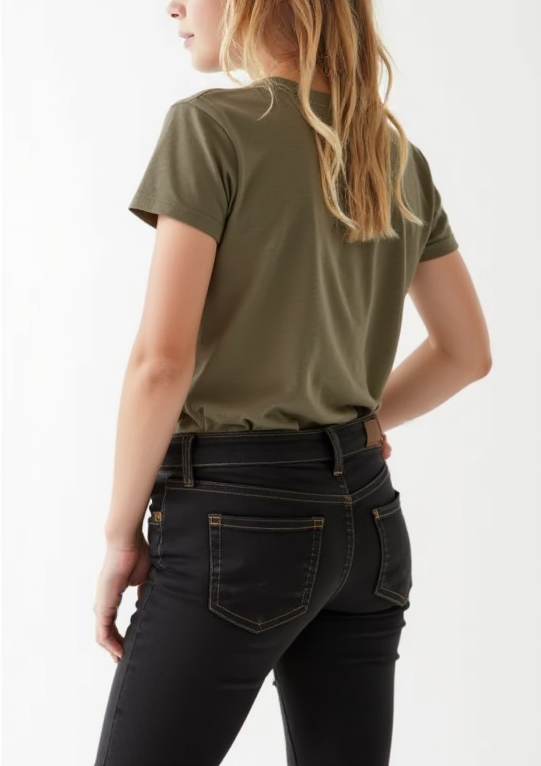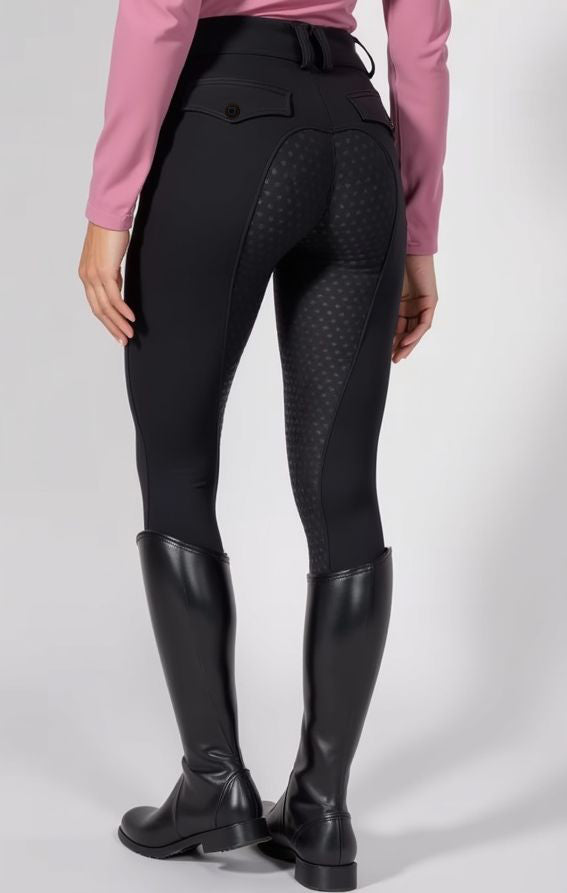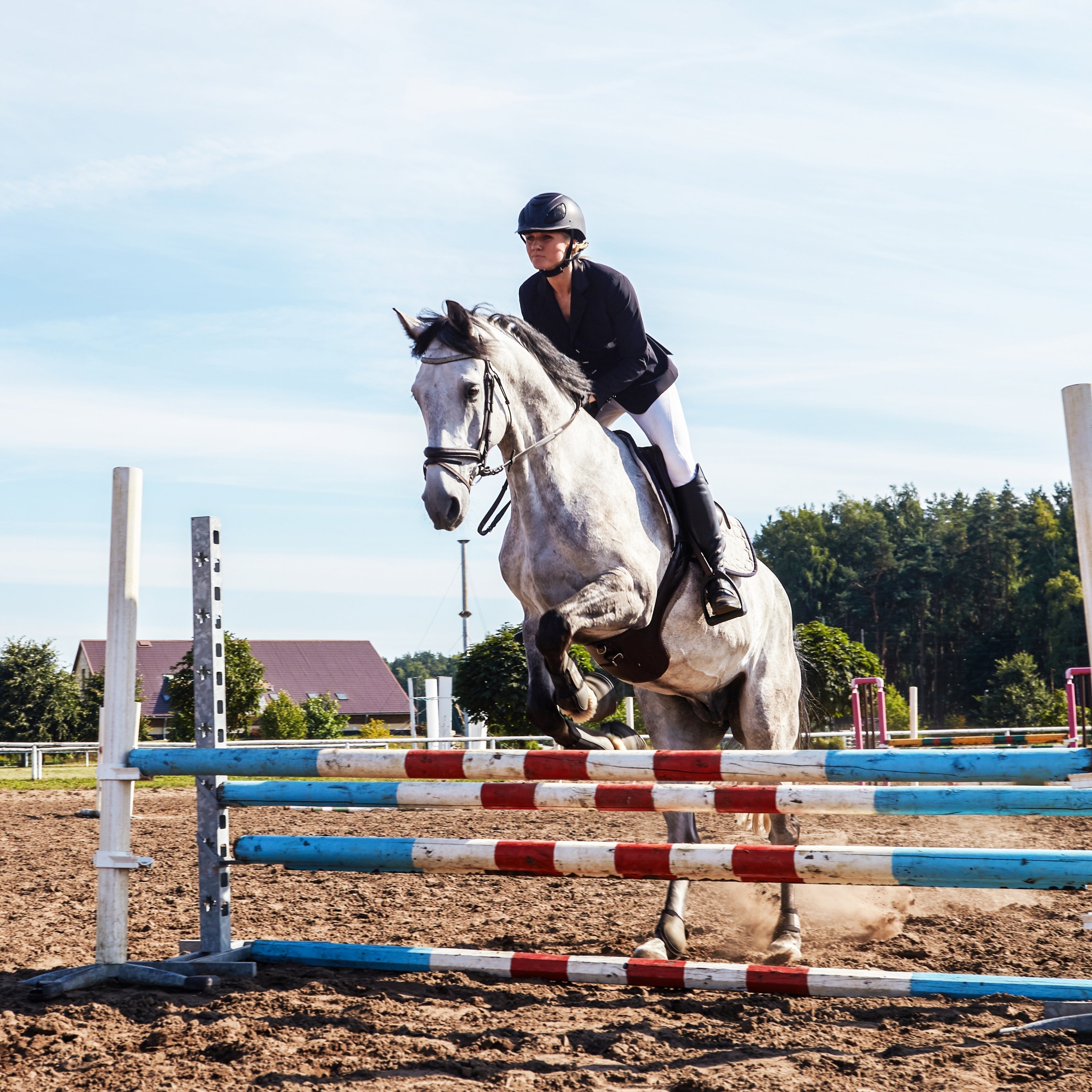
Olympic Equestrian Events Explained
From the whisper of hooves on pristine footing to the thunderous applause echoing through international arenas, Olympic equestrian events are among the most captivating spectacles in sport. They are where centuries of tradition meet the pinnacle of modern athleticism, where style is inseparable from strategy, and where every movement—no matter how subtle—speaks volumes of discipline, training, and an unbreakable bond.
Unlike any other Olympic event, equestrianism stands apart. It is the only sport where male and female athletes compete on equal footing and where the competitor is not just an individual—but a team of two species working in exquisite synchronization. The horse is not a tool, but a partner. The rider is not a master, but a guide. Together, they compose a ballet of precision in dressage, a test of courage in cross-country, and a daring dance with gravity in show jumping.
At HorseHub, we don’t just celebrate this rare and beautiful partnership—we embody it. Our brand was born from the deep understanding that riding is more than competition—it’s a lifestyle, a legacy, and a love story. From the elite Grand Prix competitor to the aspiring young rider watching the Olympics wide-eyed, the equestrian journey is one of relentless pursuit, graceful determination, and emotional connection.
This blog is your refined guide to Olympic equestrian sport: a deeper look into its origin, its disciplines, and the powerful stories behind every stride. Whether you're a seasoned rider or a captivated newcomer, prepare to step into a world where artistry, athleticism, and elegance ride side by side.
A Brief History of Equestrianism in the Olympics
Equestrian sports first appeared in the 1900 Paris Olympics, but the modern equestrian program debuted at the 1912 Stockholm Games. Since then, it has become one of the most prestigious categories in the Summer Olympics, steeped in heritage yet constantly evolving with advancements in training, equipment, and rider gear.
Most notably, equestrian sports are among the very few Olympic disciplines where men and women compete as equals—a testament to the level playing field built on skill, communication, and horsemanship.

The Three Olympic Equestrian Disciplines
Equestrian sports at the Olympics are a tribute to the elegance, athleticism, and strategic depth of riding. They are not just competitions—they are exhibitions of the profound connection between horse and rider, honed through years of training, trust, and tenacity. Each discipline presents a unique challenge, demanding excellence in very different ways.
1. Dressage – The Art of Precision and Grace
Often revered as the highest expression of equestrian artistry, Dressage is a sport that celebrates finesse, harmony, and the invisible language shared between horse and rider. Sometimes called “ballet on horseback,” this discipline features a series of meticulously executed movements known as tests, where the horse performs patterns including pirouettes, half-passes, flying changes, and extended trots.
Every movement is a testament to the horse’s training and athletic capability, as well as the rider’s subtle command. Judges evaluate each element on fluidity, balance, cadence, and the rider’s ability to maintain an almost telepathic connection with their mount.
- Key Element: Harmony and subtlety—where the best rides look effortless.
- Scoring: Movements are scored individually from 0 (not executed) to 10 (excellent), with collective marks for overall impression.
- Fun Fact: Riders traditionally wear tailcoats and top hats, but modern Olympic rules now allow safety helmets—merging historic elegance with rider welfare.
At HorseHub, we mirror this balance of tradition and modernity through our Grand Prix Collection—crafted with technical fabrics that move with the rider, exuding poise without compromising performance.
2. Show Jumping – Precision Meets Power
In Show Jumping, the objective is clear: clear the obstacles, beat the clock, and do it with absolute precision. This discipline challenges both speed and control as the horse and rider navigate a course filled with brightly colored fences, verticals, oxers, combinations, and water jumps—all set to strict time limits.
One slight miscalculation—a moment too early or a foot out of place—can mean the difference between a medal and elimination. It's fast-paced, thrilling, and often ends in a nail-biting jump-off where the top riders battle for gold with lightning speed and daring precision.
- Key Element: Split-second timing and fearless athleticism.
- Scoring: Riders incur penalties, or “faults,” for knocking down rails, refusals, or exceeding time limits. Clean rounds are essential.
- Fun Fact: Olympic Show Jumping fences can reach heights of up to 1.6 meters (over 5 feet)—and riders may jump up to 15 obstacles in one round.
To succeed in this arena, riders need equipment that’s as dynamic as the sport. Our Le Cavalier Collection and Accessories for Riders blend form with function, offering handcrafted boots and performance essentials designed for elite-level competition and style.
3. Eventing – The Triathlon of Equestrian Sports
Widely regarded as the ultimate test of equestrian mastery, Eventing is a bold, multi-phase discipline that fuses elegance, power, and courage. Known as the “equestrian triathlon,” it challenges the versatility and endurance of both horse and rider over the course of three demanding stages: Dressage, Cross-Country, and Show Jumping.
Each phase reveals a different dimension of the partnership. Dressage sets the tone with precision and poise, testing communication and discipline. Cross-country is the heart-pounding highlight—a high-speed adventure through open terrain, natural obstacles, and fixed jumps that demand extraordinary bravery and control. Show jumping concludes the event, bringing the team back into the arena for a final test of focus, agility, and stamina under pressure.
This rigorous format spans multiple days and requires riders to manage not only performance, but also recovery, gear transitions, and mental resilience. It is the ultimate demonstration of versatility—one moment calls for grace, the next for sheer grit.
- Key Element: Endurance, adaptability, and mental fortitude.
- Scoring: Penalties are accumulated across all three phases. The team with the lowest total score wins—making consistency and strategy essential.
- Fun Fact: Eventing evolved from early cavalry tests designed to evaluate military officers' readiness, making it the most historically rooted of all Olympic equestrian events.
Today’s eventers are not just riders—they are elite athletes, tactical thinkers, and master planners. That’s why we created the Get Organized With Sarita collection: a line of smart, stylish storage and prep solutions designed for the unique demands of multi-phase competition. From modular tack organizers to pre-packed grooming kits, Sarita’s collection ensures everything stays elegant, efficient, and within reach when it matters most.

Olympic Equestrian Teams and Individual Medals
At the Olympics, riders step into the arena not just as individuals, but as ambassadors of their nations. Each country fields teams of three riders per discipline—Dressage, Eventing, and Show Jumping—making the Games a showcase of both personal mastery and national unity.
The competition unfolds on two fronts:
-
Individual Events, where elite riders chase personal glory and Olympic gold.
-
Team Events, where the combined scores of three riders determine national standing and legacy.
This dual-format adds complexity and emotional resonance to the Games. An athlete may secure a flawless round for their country, then return the next day to chase a solo medal. The interplay of personal brilliance and collective strength gives Olympic equestrian sport a rare depth—where riders compete with and for each other in equal measure.
Each team’s dynamic becomes a strategy unto itself: do you lead with your most seasoned pair or anchor with your boldest young rider? The decisions are as nuanced as the rides themselves.
The Horse: The True Olympic Athlete
Behind every podium finish and awe-inspiring round is a silent, powerful partner: the horse.
Olympic horses are extraordinary creatures—athletes in their own right—whose training begins years before their international debut. Most reach their peak in their early teens, after a decade of meticulous conditioning, mental development, and bond-building with their rider. Their minds must remain steady under stadium lights, and their bodies must perform feats of strength, precision, and agility that few other animals could attempt.
Every gallop, pirouette, and leap is the result of thousands of hours of groundwork, vet care, diet planning, and rider trust. Their breeding, temperament, and responsiveness are just as critical to the outcome as the rider’s seat or the coach’s plan.
At HorseHub, we recognize this partnership in every stitch. Our Accessories for Horses Collection is engineered with the same elite standard—designed to enhance performance without sacrificing comfort. From moisture-wicking saddle pads to elegant ear bonnets, each piece honors the role of the horse as a co-athlete, worthy of as much celebration as the rider.

Final Strides: Why Equestrianism Matters in the Olympics
Equestrian sport is one of the oldest and most revered traditions in the Olympics. Yet, it remains one of the most soulful, too. Unlike any other athletic endeavor, it requires the complete unity of two living beings, working in harmony to achieve a shared goal.
Olympic equestrianism is about more than medals. It’s about:
-
Trust: forged over years of training in quiet arenas and muddy fields.
-
Legacy: passed down through generations of riders, families, and bloodlines.
-
Excellence: pushed further with every ride, every stride, every breath.
At HorseHub, we do more than outfit equestrians—we uphold a culture. Our mission is to elevate every rider’s journey, whether they’re preparing for Paris 2028 or helping their child tack up for their first lesson. We serve the competitor, the coach, the barn family, and the dreamer with products rooted in craftsmanship, style, and substance.
Because we know this truth: riding isn’t just a sport—it’s a lifestyle, a legacy, and a lifelong love.
